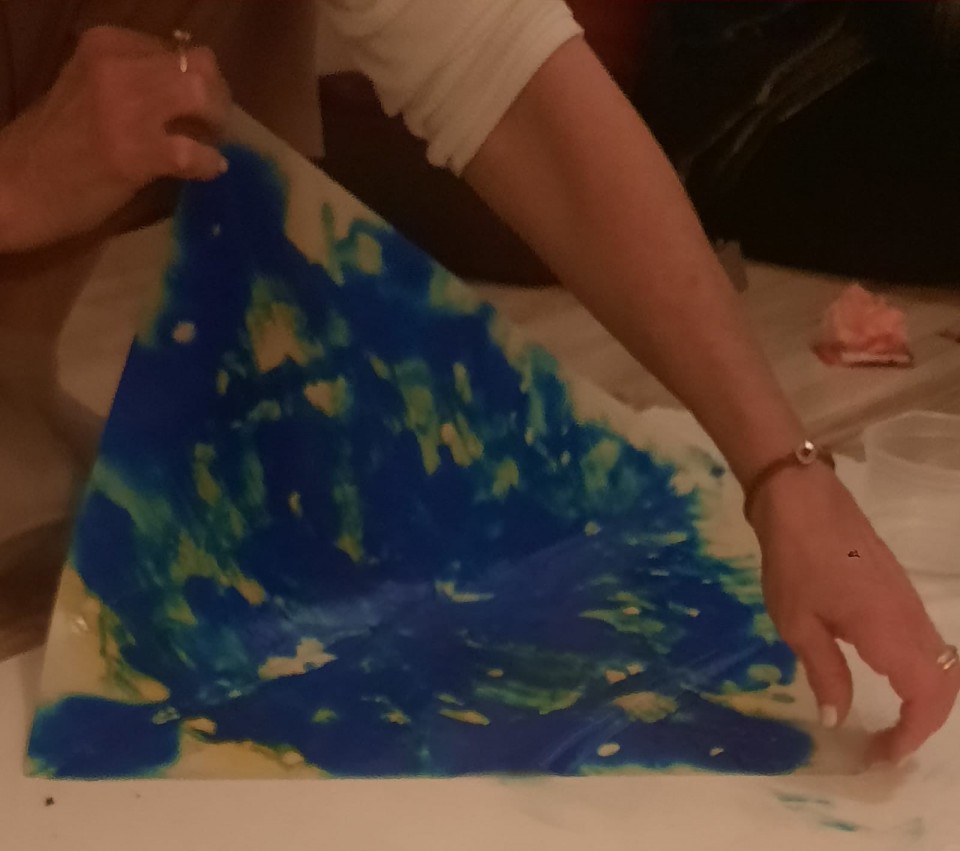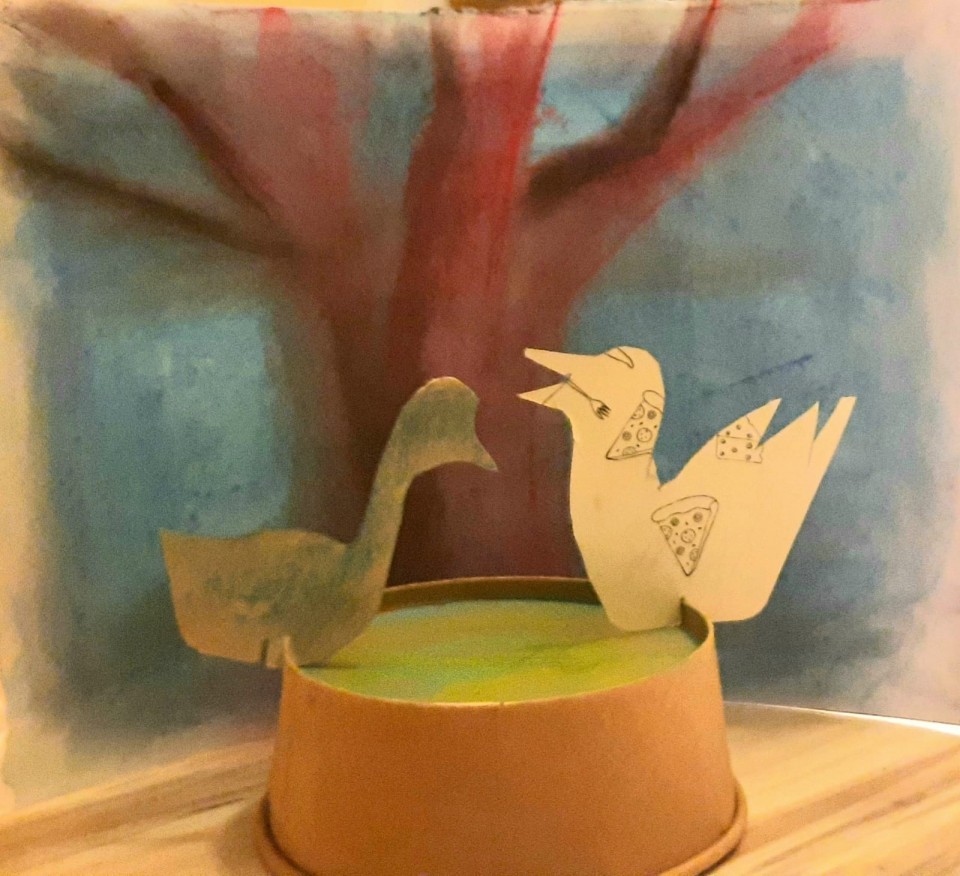The transformative power of Mindfulness and creativity based psychotherapy
Mindfulness and creativity are intimately connected approaches that naturally enhance the psychotherapeutic journey, offering a pathway for profound healing and personal exploration. As a therapist grounded in the practices of mindfulness-based and creative psychotherapy, I invite you to delve into the transformative potential that this integrative approach holds.
Mindfulness, an ancient practice rooted in contemplative traditions, nurtures present-moment awareness, enabling individuals to engage fully with their inner experiences without judgment. This practice has been robustly validated by contemporary science for its effectiveness in reducing stress and managing emotional disturbances (Davidson & Begley, 2012; Williams & Penman, 2011). It deepens access to the subtler layers of consciousness and enriches the individual's understanding of themselves, observing sensations, thoughts, and emotions without judgment and with compassion (Kabat-Zinn, 2003).
On the other hand, creative expression offers a potent outlet, allowing thoughts, emotions, and experiences to manifest in non-verbal and symbolic forms—whether through meditation, art, movement, or writing. This synergy between mindfulness and creativity builds bridges between the tangible and the abstract, facilitating a connection between the inner self and the external world, and helping individuals navigate from internal chaos to a serene and structured external environment.
In my therapeutic work, I prioritize establishing a safe and supportive environment where individuals can explore their deepest selves without fear of judgment or criticism. This nurturing space facilitates the surfacing of suppressed feelings and experiences, enhancing self-awareness and fostering compassion towards oneself and others.
Blending mindfulness and creativity in therapy can bring numerous benefits. These practices help to increase self-awareness and emotional intelligence, leading to profound insights into the root causes of emotional issues. By engaging in creative activities, individuals can express their thoughts and feelings while regaining control and independence. This process can significantly improve psychological resilience, assist with stress management, and contribute to overall mental, emotional, and physical well-being. Mindfulness and creativity in therapy can bring numerous benefits.
These practices help to increase self-awareness and emotional intelligence, leading to profound insights into the root causes of emotional issues. By engaging in creative activities, individuals can express their thoughts and feelings while regaining control and independence. This process can significantly improve psychological resilience, assist with stress management, and contribute to overall mental, emotional, and physical well-being.
For instance, consider the experience of Sari, a woman in her forties grappling with the sudden loss of her partner. This event triggered intense anxiety about future losses and led to compulsive behaviours that brought her into therapy. From the very first session, focused breathing and mindful presence helped alleviate the physical constriction of grief, opening up a space for healing where sadness could be acknowledged and processed, allowing her to make conscious, creative choices that support her well-being.
Mindfulness and creative-based psychotherapy are effective in addressing a wide range of mental health issues that affect diverse populations. These issues include anxiety, depression, trauma, and interpersonal challenges. This form of therapy is beneficial for both children and adults and can be adapted to different cultural backgrounds to promote inclusivity and understanding.
Drawing from my own experiences with these methods, I strongly advocate for their integration into daily life and clinical practice. They equip my clients and me to navigate life's challenges with enhanced clarity and strength, nurturing processes like forgiveness, self-acceptance, and renewal. This approach not only heightens a sense of belonging but also opens avenues for significant post-traumatic growth and holistic healing.
In my book, "The Art of Feeling at Home," you will be able to delve deeper and embark on a journey with practices based on mindfulness and creativity, to feel at home anywhere and in any situation, especially in challenging life circumstances.




